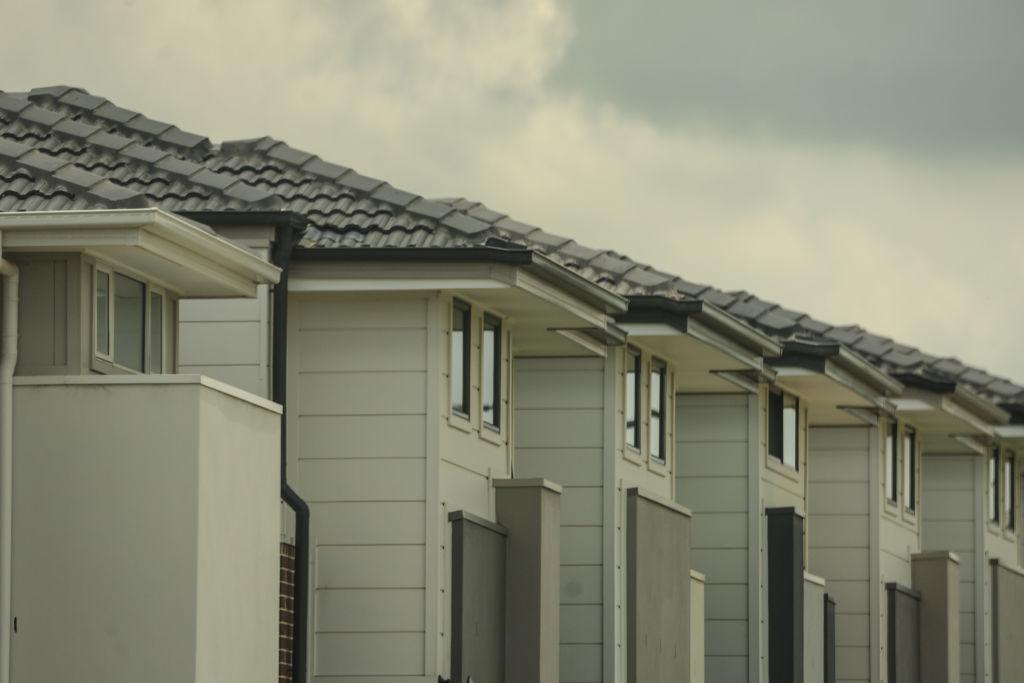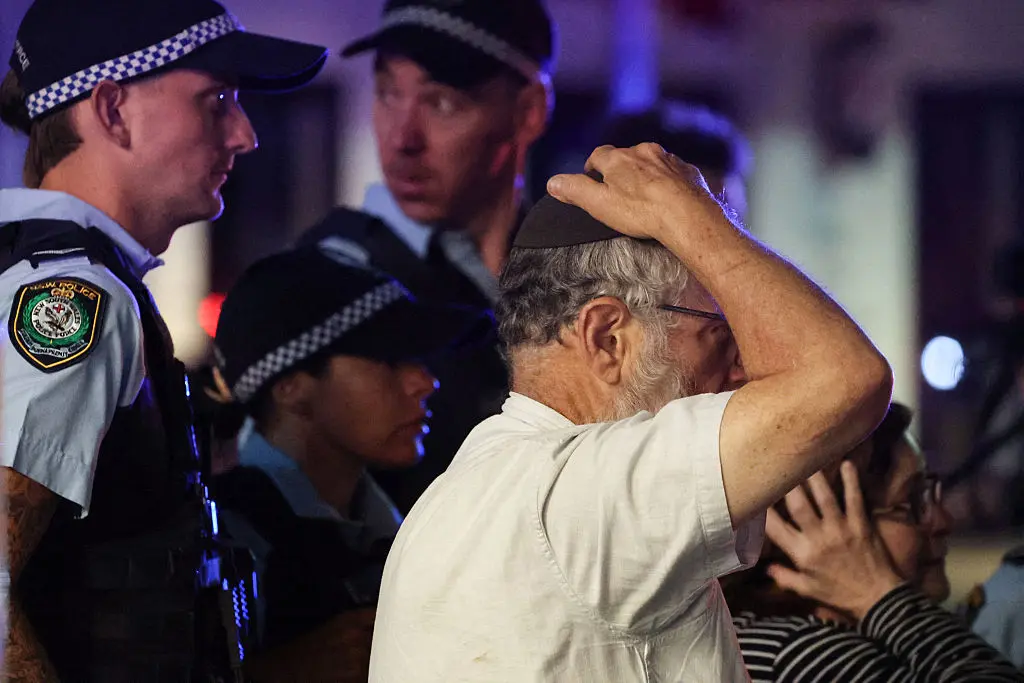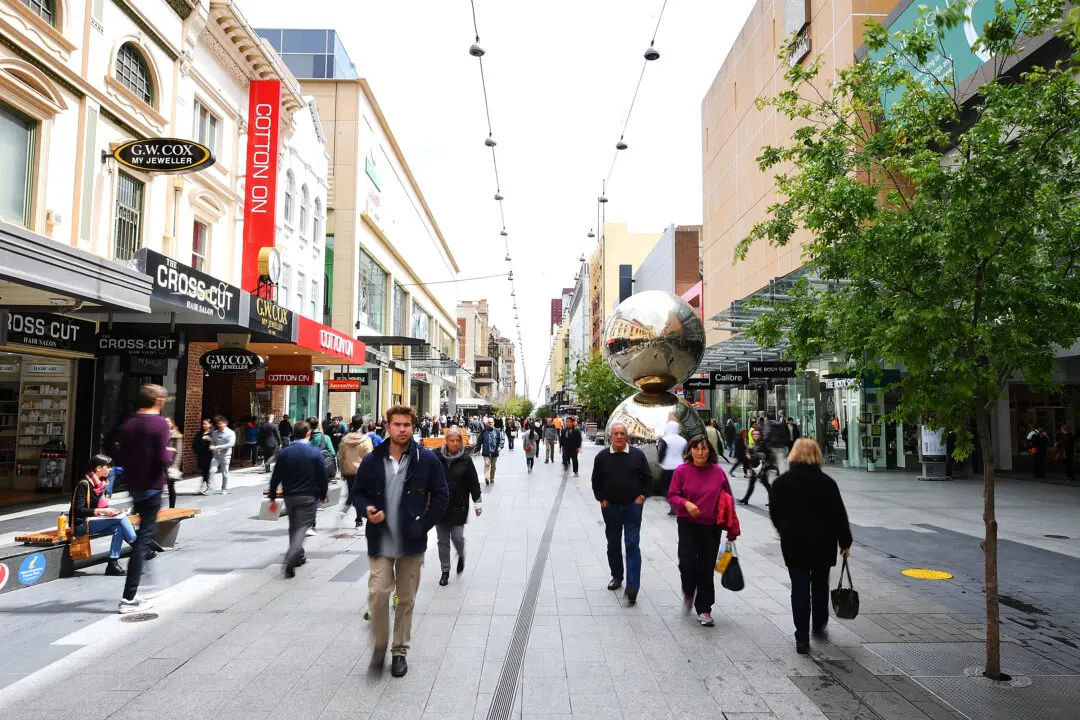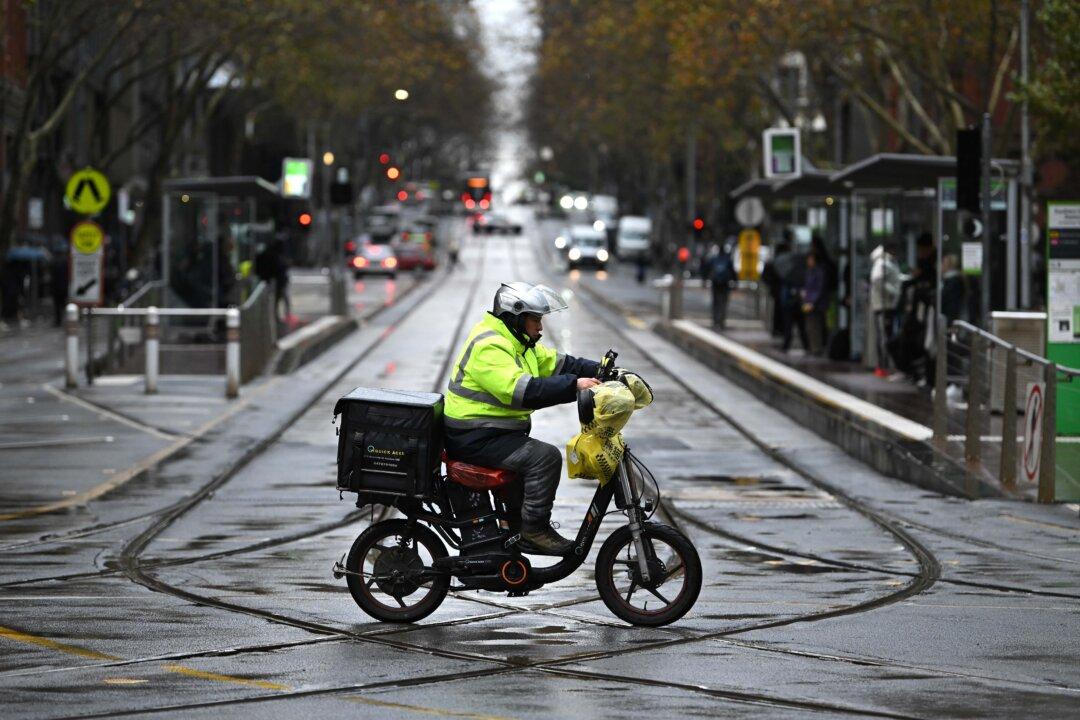Australian home values rose 0.6 percent nationwide in February, but the jump was much higher in Perth, Adelaide, and Brisbane.
Perth values rose 1.8 percent in just a month, while Adelaide home values jumped 1.1 percent, and Brisbane values leaped 0.9 percent, according to Core Logic research.





